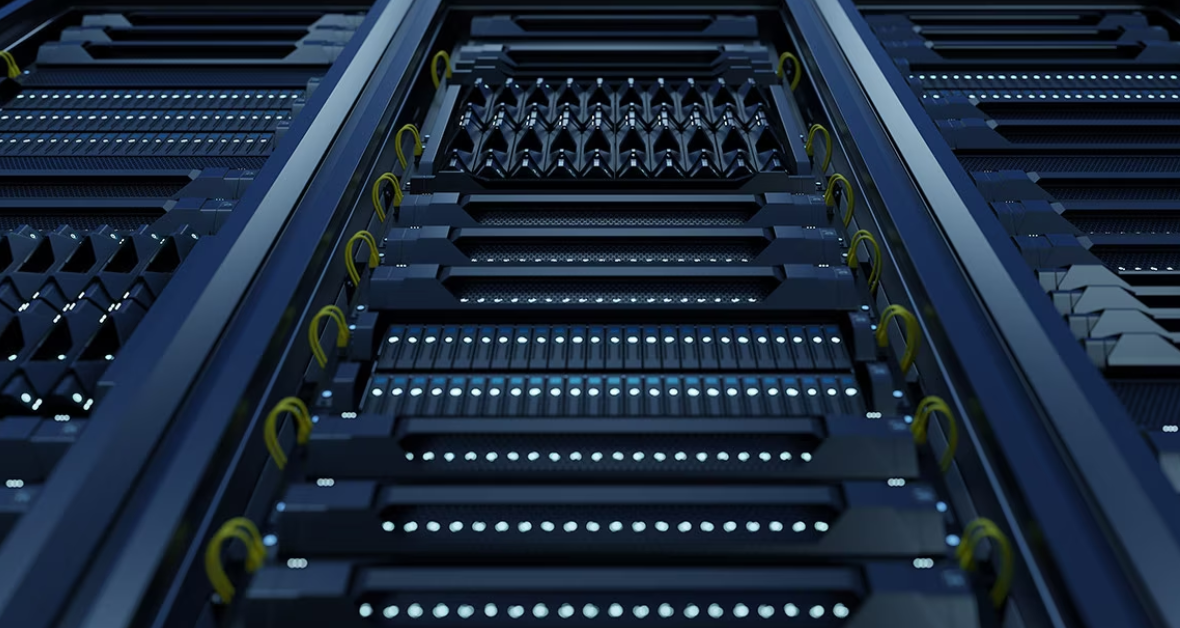To help your customers meet their environmental, social and governance (ESG) goals, it pays to focus on the 3 Rs of green computing—reduce, reuse and recycle.
Sure, pursuing these goals can require some additional R&D and reorganization. But tech titans such as AMD and Supermicro are helping.
AMD, Supermicro and their vast supply chains are working to create a new virtuous circle. More efficient tech is being created using recycled materials, reused where possible, and then once again turned into recycled material.
For you and your customers, the path to green computing can lead to better corporate citizenship as well as higher efficiencies and lower costs.
Green server design
New disaggregated server technology is now available from manufacturers like Supermicro. This tech makes it possible for organizations of every size to increase their energy efficiency, better utilize data-center space, and reduce capital expenditures.
Supermicro’s SuperBlade, BigTwin and EDSFF SuperStorage are exemplars of disaggregated server design. The SuperBlade multi-node server, for instance, can house up to 20 server blades and 40 CPUs. And it’s available in 4U, 6U and 8U rack enclosures.
These efficient designs allow for larger, more efficient shared fans and power supplies. And along with the chassis itself, many elements can remain in service long past the lifespans of the silicon components they facilitate. In some cases, an updated server blade can be used in an existing chassis.
Remote reprogramming
Innovative technologies like adaptive computing enable organizations to adopt a holistic approach to green computing at the core, the edge and in end-user devices.
For instance, AMD’s adaptive computing initiative offers the ability to optimize hardware based on applications. Then your customers can get continuous updates after production deployment, adapting to new requirements without needing new hardware.
The key to adaptive computing is the Field Programmable Gate Array (FPGA). It’s essentially a blank canvas of hardware, capable of being configured into a multitude of different functions. Even after an FPGA has been deployed, engineers can remotely access the component to reprogram various hardware elements.
The FPGA reprogramming process can be as simple as applying security patches and bug fixes—or as complex as a wholesale change in core functionality. Either way, the green computing bona fides of adaptive computing are the same.
What’s more, adaptive tech like FPGAs significantly reduces e-waste. This helps to lower an organization’s overall carbon footprint by obviating the manufacturing and transportation necessary to replace hardware already deployed.
Adaptive computing also enables organizations to increase energy efficiency. Deploying cutting-edge tech like the AMD Instinct MI250X Accelerator to complete AI training or inferencing can significantly reduce the overall electricity needed to complete a task.
Radical recycling
Even in organizations with the best green computing initiatives, elements of the hardware infrastructure will eventually be ready for retirement. When the time comes, these organizations have yet another opportunity to go green—by properly recycling.
Some servers can be repurposed for other, less-demanding tasks, extending their lifespan. For example, a system that had been used for HPC applications that may no longer have the required FP64 performance could be repurposed to host a database or email application.
Quite a lot of today’s computer hardware can be recycled. This includes glass from monitors; plastic and aluminum from cases; copper in power supplies; precious metals used in circuitry; even the cardboard, wood and other materials used in packaging.
If that seems like too much work, there are now third-party organizations that will oversee your customers’ recycling efforts for a fee. Later, if all goes according to plan, these recycled materials will find their way back into the manufacturing supply chain.
Tech suppliers are working to make recycling even easier. For example, AMD is one of the many tech leaders whose commitment to environmental sustainability extends across its entire value chain. For AMD, that includes using environmentally preferable packing materials, such as recycled materials and non-toxic dyes.
Are you 3R?
Your customers understand that establishing and adhering to ESG goals is more than just a good idea. In fact, it’s vital to the survival of humanity.
Efforts like those of AMD and Supermicro are helping to establish a green computing revolution—and not a moment too soon.
In other words, pursuing green computing’s 3 Rs will be well worth the effort.
Also read:
- Implementing a green data center (Supermicro white paper)












